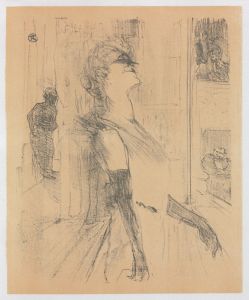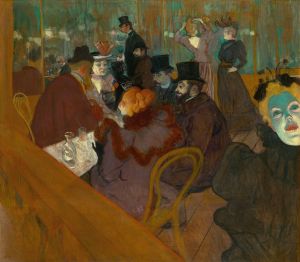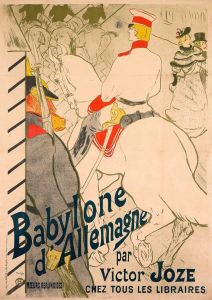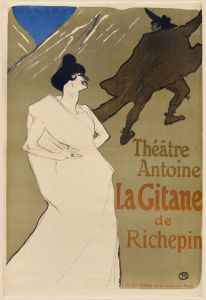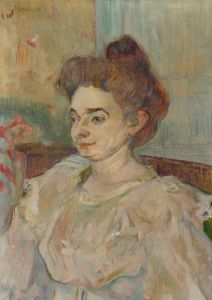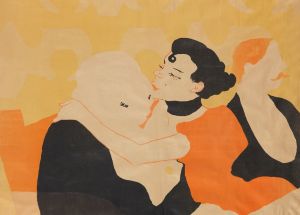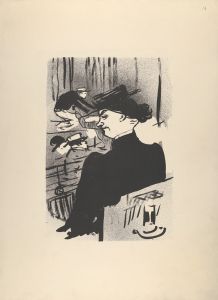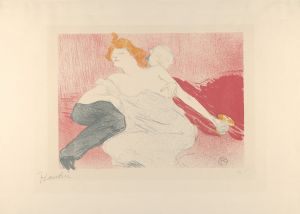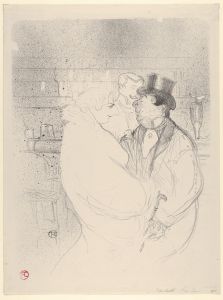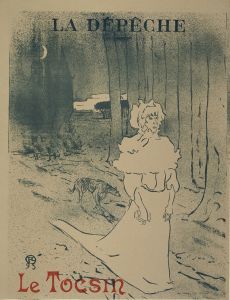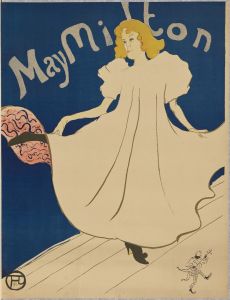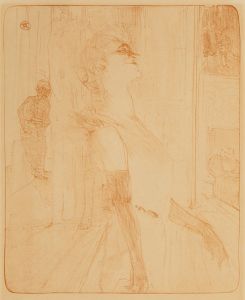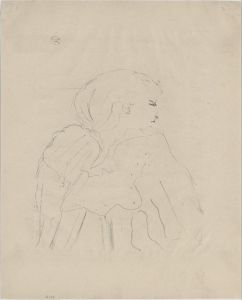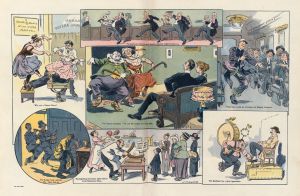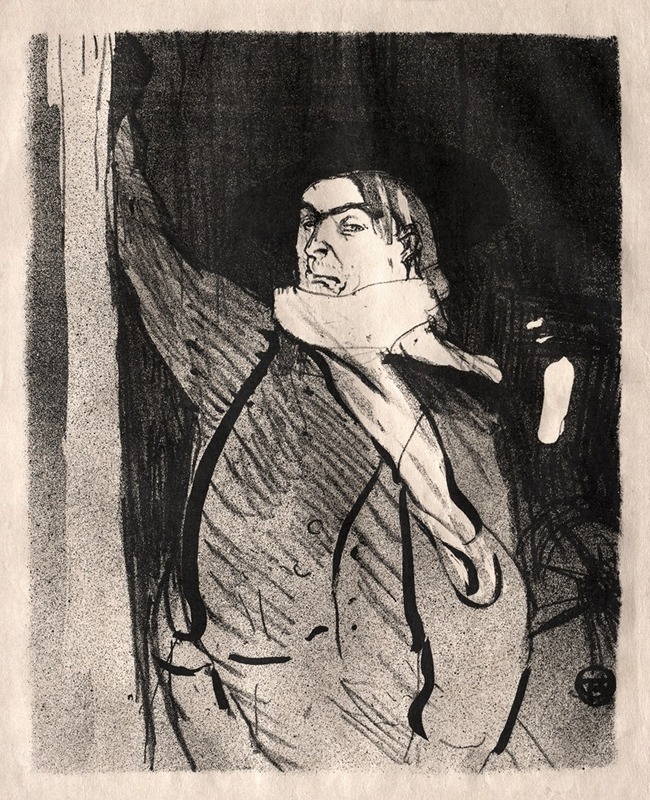
Aristide Bruant
A hand-painted replica of Henri de Toulouse-Lautrec’s masterpiece Aristide Bruant, meticulously crafted by professional artists to capture the true essence of the original. Each piece is created with museum-quality canvas and rare mineral pigments, carefully painted by experienced artists with delicate brushstrokes and rich, layered colors to perfectly recreate the texture of the original artwork. Unlike machine-printed reproductions, this hand-painted version brings the painting to life, infused with the artist’s emotions and skill in every stroke. Whether for personal collection or home decoration, it instantly elevates the artistic atmosphere of any space.
Henri de Toulouse-Lautrec's "Aristide Bruant" is a renowned work that captures the essence of the vibrant nightlife of late 19th-century Paris. Toulouse-Lautrec, a French painter and illustrator, is celebrated for his depictions of the bohemian lifestyle of Montmartre, an area known for its cabarets, cafes, and artistic community. His works often feature performers, dancers, and patrons of these lively venues, and "Aristide Bruant" is no exception.
Aristide Bruant was a popular singer, songwriter, and nightclub owner in Paris during the late 1800s. Known for his charismatic stage presence and distinctive style, Bruant became a prominent figure in the Parisian entertainment scene. He was particularly famous for his performances at the cabaret Le Mirliton, where he entertained audiences with his satirical songs and sharp wit. Bruant's persona was characterized by his bold fashion choices, often wearing a wide-brimmed hat, a long black cape, and a bright red scarf.
Toulouse-Lautrec's depiction of Bruant is iconic and captures the performer's larger-than-life personality. The artwork is a poster, a medium that Toulouse-Lautrec mastered and used to great effect in promoting the performers and venues of Montmartre. In this particular piece, Bruant is portrayed in his signature attire, with the red scarf and black cape prominently displayed. The poster's bold colors and striking composition reflect the dynamic energy of Bruant's performances and the lively atmosphere of the Parisian cabaret scene.
The collaboration between Toulouse-Lautrec and Bruant was mutually beneficial. Toulouse-Lautrec's posters helped to popularize Bruant's performances, drawing larger crowds to his shows. In turn, Bruant's fame and distinctive image provided Toulouse-Lautrec with a compelling subject that resonated with the public. This synergy between artist and performer exemplifies the interconnectedness of the artistic and entertainment worlds in Montmartre during this period.
Toulouse-Lautrec's work is characterized by its innovative use of color and line, and "Aristide Bruant" is a testament to his unique style. The poster's composition is simple yet powerful, with Bruant's figure dominating the frame. The use of flat areas of color and bold outlines is typical of Toulouse-Lautrec's approach, influenced by Japanese woodblock prints and the Art Nouveau movement. This style set his work apart from more traditional forms of portraiture and contributed to the modernist movement in art.
The "Aristide Bruant" poster is not only a representation of a specific individual but also a reflection of the cultural milieu of its time. It captures the spirit of Montmartre, a hub of artistic innovation and social change. Toulouse-Lautrec's ability to convey the essence of his subjects and their environment has made his work enduringly popular and influential.
Today, "Aristide Bruant" remains one of Toulouse-Lautrec's most recognizable works. It is celebrated for its artistic merit and historical significance, offering insight into the vibrant world of Parisian nightlife at the turn of the century. The poster is a testament to Toulouse-Lautrec's skill as an artist and his deep connection to the cultural life of his time.





